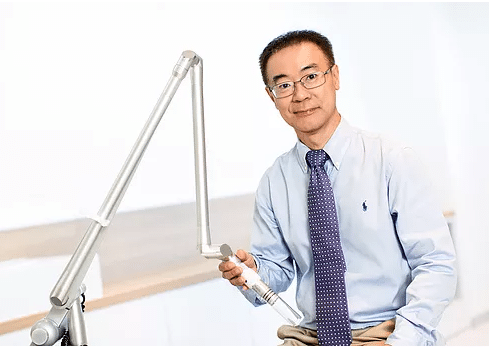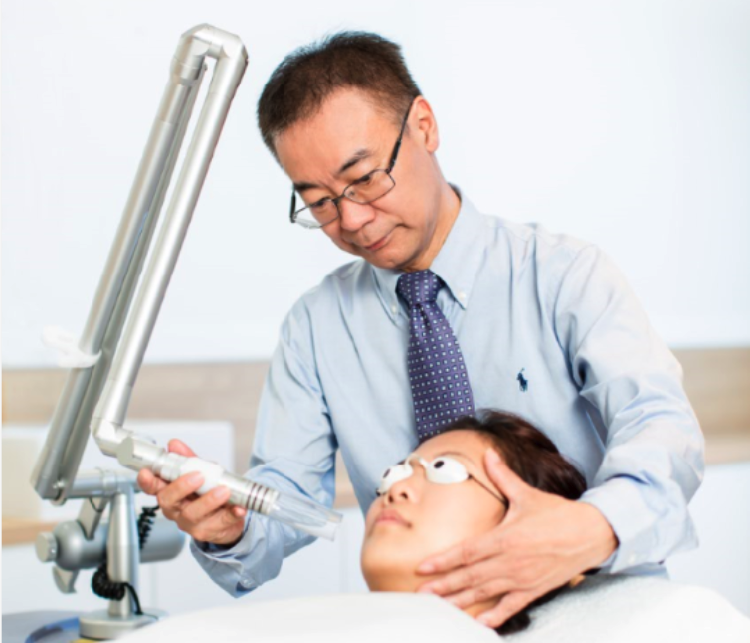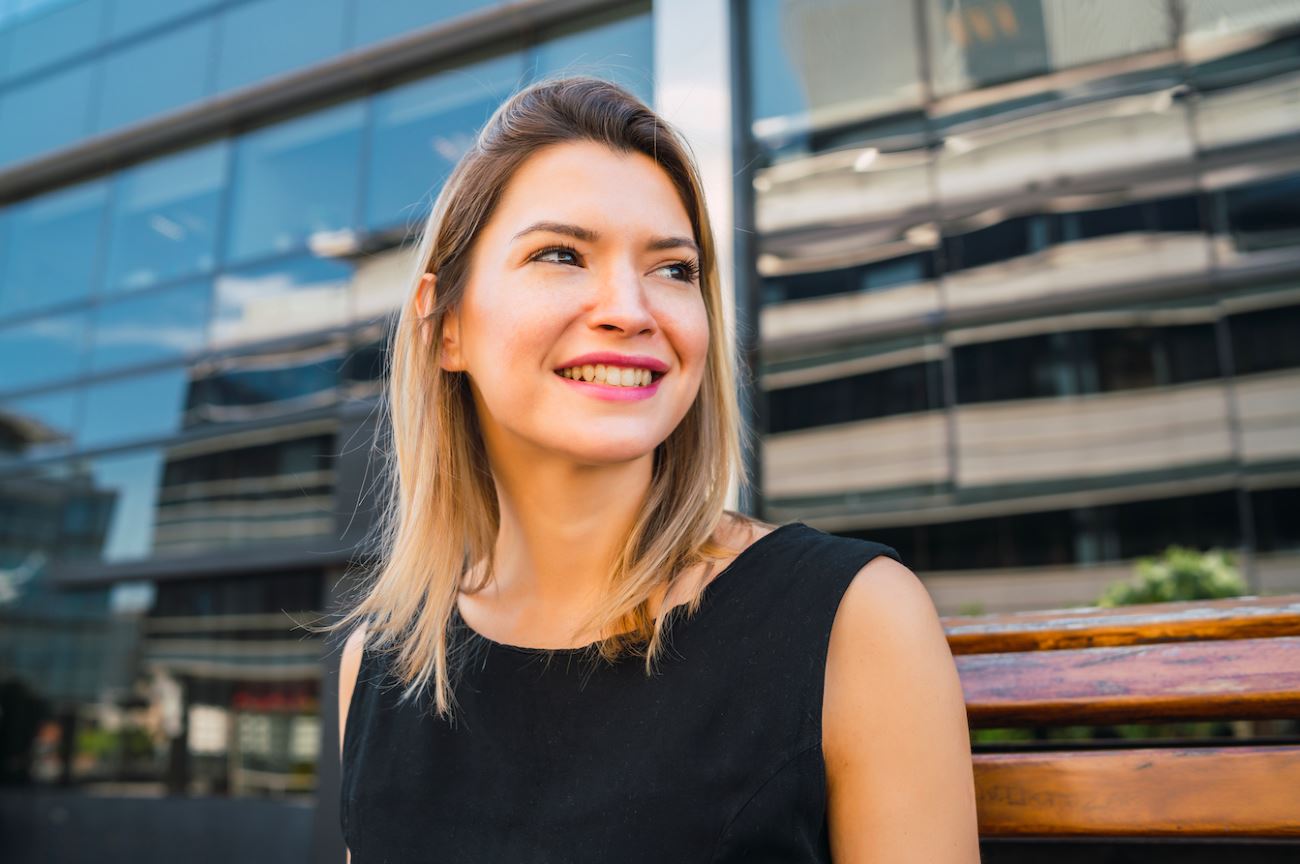Currently, these are probably the only modalities of skin treatment that we, along with many doctors, consider to be truly effective.
By effective, we mean that the treatment stimulates and rearranges skin cells at the microscopic level, creating fundamental changes at the core of what makes up the skin, and within an efficient timeframe commensurate with modern lifestyles.
|
In-office Chemical Peels |
Retinoic Acid |
Other Laser Facial Therapies |
Quiklaser’s Quick Cleansing System with Triple-H Mask (QCS+HHH) |
|
|
Access to treatment |
Performed by doctors |
Doctor’s prescription required |
👍 Not required to be performed by doctors in North America |
👍👍 Not required to be performed by doctors, but laser & mask protocol is designed by doctors |
|
Ablative-ness |
👎🏻 Yes |
👍 No |
Yes and no |
👍 No |
|
Side-effects |
👎🏻👎🏻👎🏻👎🏻👎🏻 Redness: may last for weeks to months. For deep peels, eyelids may swell shut initially. Scarring: changes in skin colour, which may be permanent. Infection: may include herpes flare-up. Systemic: some chemicals may cause heart beat irregularities or kidney & liver damage. |
👎🏻👎🏻 To be truly effective, retinoids of sufficient strengths frequently come with side-effects, including sun sensitivity, mild to severe dryness of the skin, redness, peeling, skin colour changes and an initial acne flare-up. Doctors’ supervision is required, with adjustments to dosages and frequency of application, and careful sun protection and moisturization on the part of the patient. |
👎🏻👎🏻👎🏻 Heat, redness, sun sensitivity, swelling, and rebound are frequent and common, and last for hours to days. Swelling, bleeding and burns may also occur. If not appropriately managed and redness persists, patients may end up with long-term skin sensitivity and rosacea. |
👍👍👍 Minimal to zero heat, redness, or rebound, from the creators’ experience with thousands of patients.
|
|
Pain |
👎🏻👎🏻👎🏻👎🏻 Mild stinging to deep throbbing pain. Requires painkillers, sedatives, or even local to regional anesthesia, depending on the depth of the peel. May require cardiac monitoring. |
👍 No pain. |
👎🏻 From the sensation of sparks to pain that requires pain relievers, sedation, or stronger anesthesia. |
👍 No pain. No anesthetics or sedatives required. The sensation is that of tingling as if from sparklers. |
|
Duration of procedure |
👎🏻 From 45 up to 90 minutes |
N.A. |
👎🏻 30-45 minutes. Laser-&-Light-to-Skin contact time may be operator-dependent, arbitrary and highly variable. |
👍👍 15 minutes, including pre-and post- |
|
Down-time after procedure due to immediate side-effects. |
👎🏻👎🏻👎🏻👎🏻 Patients need a ride home after medium and deep peels, due to sedation. Intense recovery time that includes medication, ointments, and total sun avoidance for 3-6 months.
Deep peels require permanent sun protection. |
N.A. |
👎🏻👎🏻👎🏻 Hours to days. If sedatives or stronger anesthesia is used, customers may require a ride home. |
👍👍👍 NIL. |
|
Reduces pigmentation |
✔ |
✔ |
✔ |
✔ |
|
Reduces pore size |
❌ |
✔ |
✔ |
✔ |
|
Improves acne |
✔ |
✔ |
✔ |
✔ |
|
Reduces acne scars |
✔, but not for deep scars |
✔ |
✔ |
✔ |
|
Improves skin texture (suppleness, elasticity) |
❌ |
✔ |
✔ |
✔ |
|
Reduces fine lines & wrinkles |
✔ |
✔ |
✔ |
✔ |
|
Time to visible improvement |
👎🏻👎🏻👎🏻 The significant duration of downtime defeats the immediate changes obtained from deeper peels. Positive changes will take as long to appear as it takes for side-effects to subside. |
👎🏻👎🏻👎🏻 Can take up to 3-4 weeks of daily application to achieve the same result as one treatment of Quiklaser’s QCS+HHH protocol. |
👎🏻 Can take up to a few days for redness and other side-effects to subside before the positive effects are appreciated. |
👍👍👍 Immediate CGRS* effects and gratification with zero down-time in > 90% of cases. Results increase with frequent and multiple treatments, with no increase in side-effects. Frequent and multiple treatments are encouraged to experience the full potential of what QCS+HHH can do for you. |
*CGRS = Clarity, Glow, Radiance, Smoothness of skin
As every individual’s skin is slightly different, we cannot guarantee that every single person will get the exact amount of glowing results experienced by over 9/10 of thousands of QCS+HHH recipients. However, we DO offer a nominal charge for up to 5 treatments before you decide on the full course of treatments in a package.
What You See Is What You Get.
Keep in mind that all treatment results from any effective modality might not be permanent. As you age, you’ll continue to acquire lines by squinting and smiling. New sun damage can also reverse your results and may cause changes in your skin color.



